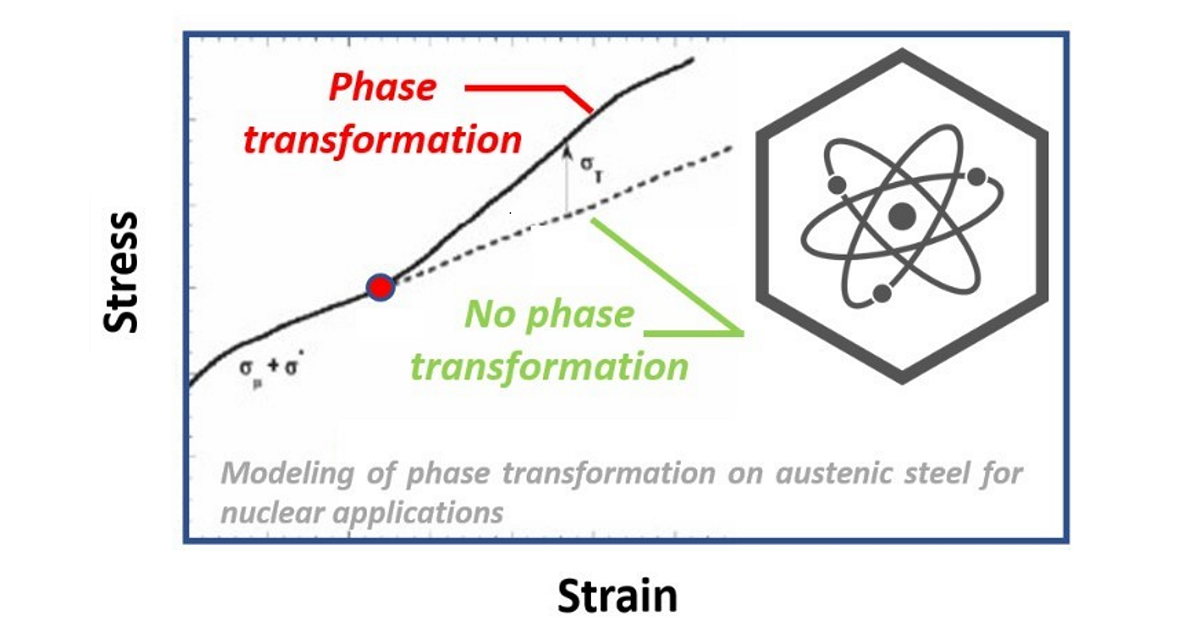- 3.2Impact Factor
- 6.4CiteScore
- 16 daysTime to First Decision
Microstructure, Mechanical Properties and Behaviour of Advanced Alloys and Materials for Nuclear Applications
This special issue belongs to the section “Materials Physics“.
Special Issue Information
Dear Colleagues,
We are pleased to invite you to contribute to a Special Issue focused on materials and structures used in nuclear applications. This research area plays a critical role in ensuring the safety, reliability, and sustainability of nuclear power plants and other nuclear facilities.
Nuclear energy continues to be a vital component of the global energy mix, providing a low-carbon alternative to fossil fuels. However, the materials and structures used in nuclear reactors and related facilities are subjected to extreme loading conditions, including high temperatures, radiation, and corrosive environments. Understanding the behavior of materials under these conditions is essential for the safe and efficient operation of nuclear systems.
This Special Issue aims to bring together cutting-edge research in the field of materials for nuclear applications, addressing topics such as corrosion resistance, failure mechanisms, phase transformations, and innovative material design. By exploring these themes, we aim to advance our understanding of the challenges and opportunities in nuclear materials science and engineering.
We welcome original research articles and reviews that contribute to the advancement of knowledge in this field. Submissions may cover a wide range of topics including, but not limited to, the following:
- Material degradation mechanisms in nuclear environments;
- Advanced materials for nuclear reactors and fuel cycles;
- Radiation affects on structural materials;
- Modeling and simulation of nuclear materials behavior;
- Novel material synthesis and characterization techniques for nuclear applications;
- Modeling and numerical simulations;
- Constitutive relation related to specific materials.
We encourage authors to ensure that their submissions align with the scope of our journal and address the key themes outlined above. With your contributions, we aim to compile a comprehensive collection of articles that will serve as a valuable resource for researchers, engineers, and policymakers working in the field of nuclear materials science and engineering.
We look forward to receiving your contributions and to the success of this Special Issue.
Prof. Dr. Alexis Rusinek
Prof. Dr. Paul Wood
Guest Editors
Manuscript Submission Information
Manuscripts should be submitted online at www.mdpi.com by registering and logging in to this website. Once you are registered, click here to go to the submission form. Manuscripts can be submitted until the deadline. All submissions that pass pre-check are peer-reviewed. Accepted papers will be published continuously in the journal (as soon as accepted) and will be listed together on the special issue website. Research articles, review articles as well as short communications are invited. For planned papers, a title and short abstract (about 250 words) can be sent to the Editorial Office for assessment.
Submitted manuscripts should not have been published previously, nor be under consideration for publication elsewhere (except conference proceedings papers). All manuscripts are thoroughly refereed through a single-blind peer-review process. A guide for authors and other relevant information for submission of manuscripts is available on the Instructions for Authors page. Materials is an international peer-reviewed open access semimonthly journal published by MDPI.
Please visit the Instructions for Authors page before submitting a manuscript. The Article Processing Charge (APC) for publication in this open access journal is 2600 CHF (Swiss Francs). Submitted papers should be well formatted and use good English. Authors may use MDPI's English editing service prior to publication or during author revisions.
Keywords
- nuclear materials
- extreme loading conditions
- corrosion resistance
- failure mechanisms
- phase transformations
- radiation effects
- materials degradation
- advanced materials design

Benefits of Publishing in a Special Issue
- Ease of navigation: Grouping papers by topic helps scholars navigate broad scope journals more efficiently.
- Greater discoverability: Special Issues support the reach and impact of scientific research. Articles in Special Issues are more discoverable and cited more frequently.
- Expansion of research network: Special Issues facilitate connections among authors, fostering scientific collaborations.
- External promotion: Articles in Special Issues are often promoted through the journal's social media, increasing their visibility.
- e-Book format: Special Issues with more than 10 articles can be published as dedicated e-books, ensuring wide and rapid dissemination.

